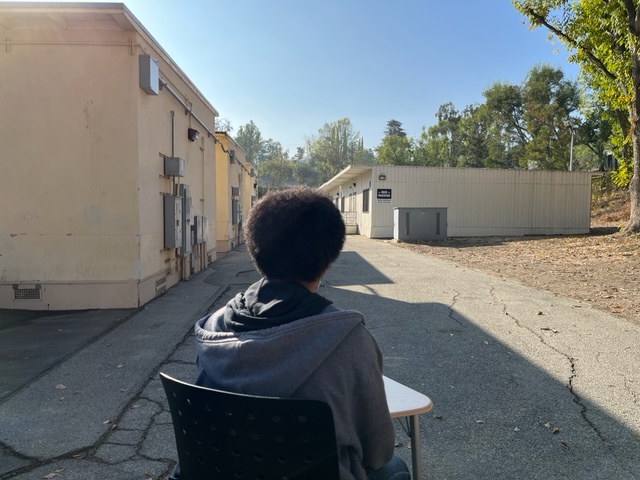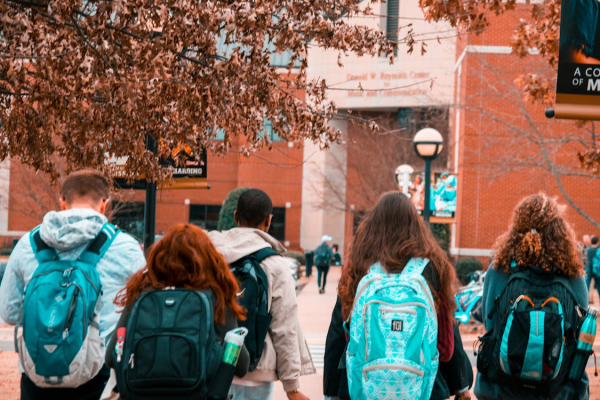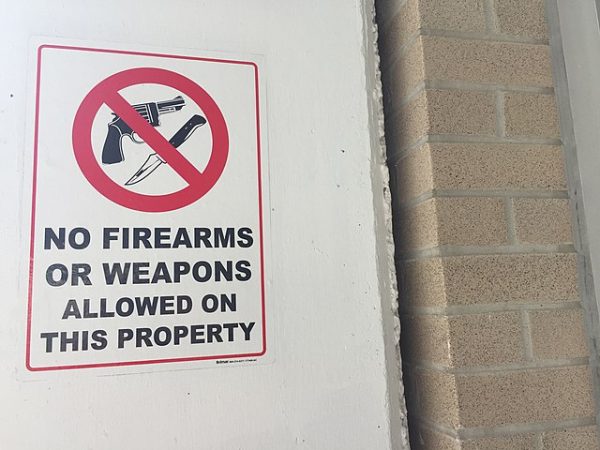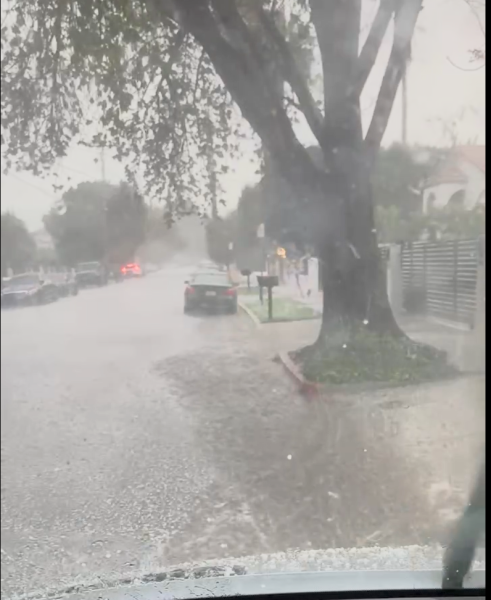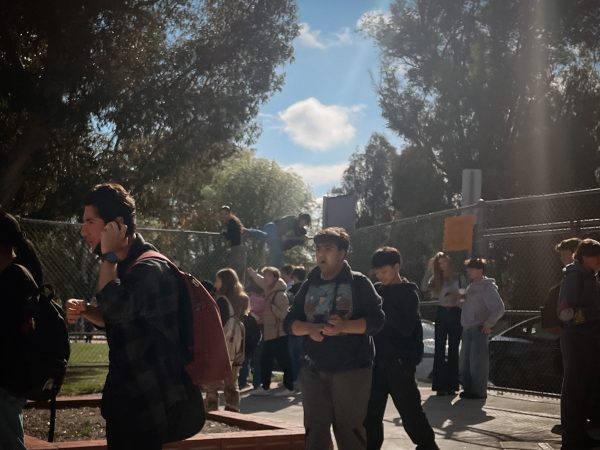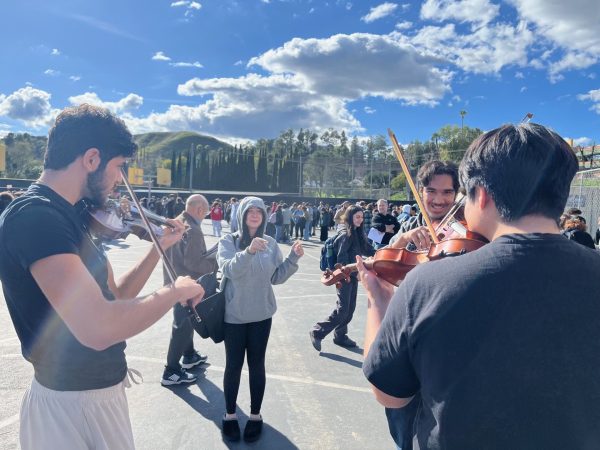“I feel like there’s such a big difference in how things used to run..,”: How the Covid-19 Pandemic caused social interaction to shift at Taft
A student feels the sense of isolation amongst the return to campus
After transitioning to in person instruction from online learning due to the Covid-19 pandemic, Taft students have noted major changes in social interaction with their peers.
With upperclassmen returning to school after having their first years in person at Taft cut short due to the pandemic and with lower classmen experiencing life in the Taft halls for the first time this year, it has not been an easy transition. Students, who are used to seeing their peers and teachers without masks, are obliged to wear their masks all day, everyday in order to prevent themselves and others from contracting Covid-19.
Though for many students it may be exciting and riveting to be back at school, social interaction, which helps students thrive in an educational environment, isn’t the same as it was in years prior.
Although they are known to be fickle at times, highschool friendships are one of the main backbones of the high school experience. Since students weren’t allowed to see each other physically everyday as they normally would, many friendships were affected by the pandemic.
“When Covid first started, I didn’t get to see my friends for a couple of months. I feel like that pretty much affected my mental health negatively because … going from seeing my friends at school everyday to not seeing them at all was really difficult and you know, just talking to them over Facetime or text was not as substantial as seeing them in person,” said Mia Derrick, a junior who spent part of her freshman year and all of her sophomore year online due to the Covid-19 pandemic.
Due to the fact that adolescents were isolated from one another during the pandemic, it was an abnormal experience to make friends during the pandemic than it had been previously before. “ I feel like, in school, it was easier to do it [make friends] online…for example, clubs–those were all online and easy to join- and it was a lot easier to talk to people and all that but in general, it was easier to meet people in person before Covid because it was just a lot easier to just go up to somebody and just talk to them. You know, you could just see their face and all that,” said Derrick.
As a result of the severity of contracting the Covid-19 virus, there have been mandates and restrictions to protect everyone in the school environment. In order to protect students, these mandates and restrictions have changed the way some students operate.
“I feel like now I’m not as willing to shake people’s hand or really getting near them just because I guess I’m afraid of getting it [Covid] .. I feel like there’s such a big difference in how things used to run before Covid.. I used to take the bus a lot and ..the subway and it’s,you know, germ-ridden… Now it’s like I’m a lot more cautious in taking the bus from school or something like that and I’m a lot more wary of outsiders (strangers). I had to be a lot more careful, I think,” Derrick commented when asked about how she operates when it comes to social interaction in the age of Covid.
Though the pandemic has led to people being more cautious when it comes to others and the spread of bacteria, the pandemic has united everyone and has forced people to interact with each other through different types of technology. “Well, I think during Covid, like Zoom, video calls were very much… useful for, not only school and work, but just like to talk to family or friends. And you know,you don’t want to visit people’s house and get them sick and…video calls were big and like a new form of communication and a lot more of communication was placed on…. electronic means..like no one was sending letters or anything ,but um, so yeah it was in the age of technology now where we were using technology more frequently,” Derrick stated.
Even while learning online through Zoom and engaging with other students through online platforms, there was still a decline in social interaction among students. “… I felt like I wasn’t going outside that often and I was in front of a computer screen all day, which was really hard, and then, it was hard to talk to my friends and just see people outside of just obligations,” Derrick explains.
Social Interaction is a significant part of the adolescent stage as teenagers are starting to form their own identities and are forming more relationships with their peers than ever before. In fact, as per researchers from the University of Cambridge, that’s one of the main impacts Covid-19 has had on adolescents as “The physical distancing measures mandated globally to contain the spread of COVID-19 are radically reducing adolescents’ opportunities to engage in face-to-face social contact outside their household”.
Social Isolation is particularly high during the adolescent years and was at a high due to quarantine. This isolation can often lead to difficulty sleeping, anxiety,and to neglecting one’s self. Since adolescence is already an important period for the teen brain to develop, a lack of social interaction in adolescence can lead to problems in adulthood as the brain structure is altered.
Even though the transfer from online learning to in-person learning was difficult for some, it was necessary as teens had missed the amount of social interaction they experienced in school, no matter if they were extroverted or introverted.
At the beginning of the year,many students were skeptical of returning to in-person learning as they had expectations that they wouldn’t be able to experience what they were able to experience in previous years. However, Taft students have persevered through these expectations and have managed to engage with the people around them during a difficult time that made engaging with people seem impossible.


